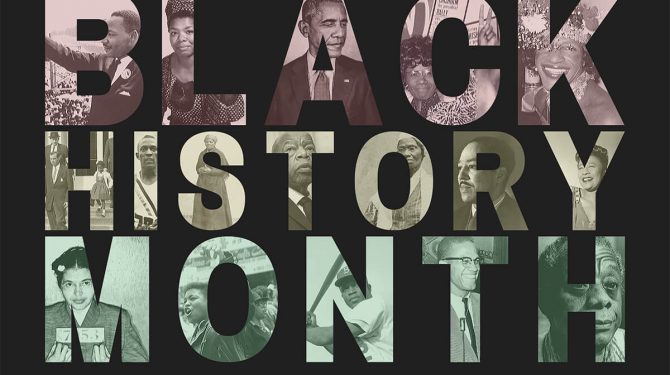[VIDEO] Have you heard about Althea Gibson?

Ask people to name their favorite tennis player, and there are a variety of names that come up, from Serena Williams to Roger Federer, or perhaps Billie Jean King. A name which should perhaps come up more often is Althea Gibson. Tennis is one of the most demanding physical activities you can participate in, and it’s an area where Althea Gibson truly left her mark.
Born in South Carolina inn 1927, Althea was the daughter of poor sharecroppers struggling to survive the Great Depression. Because of these struggles, the family moved to Harlem in the 1930s.
Althea spent many of her formative years playing a variety of sports, becoming a fierce competitor in paddle tennis, winning the New York City women’s title when she was only 12 years old.
However, life at home wasn’t peaceful. Althea quit school at age 13 and spent time in shelters for abused children.
In 1940, some of her neighbors pooled enough money together to buy her a membership at the Cosmopolitan Tennis Club. There, Gibson thrived. The next year, she won the New York state championship. Then, she won the American Tennis Association’s girl’s national championship in both 1944 and 1945.
With her obvious talents, Althea attracted sponsorships which enabled her to move to North Carolina and continue to play competitively. She became the first black woman to play in the USTA’s Indoor Championships.
However, despite her success, Althea wasn’t able to enter the US Open tournament because, being a black woman, she was barred from competing at many of the qualifying tournaments which were often held at white-only clubs. Because of this, she couldn’t earn the points necessary to qualify.
Seeing this obvious injustice for what it was, famed tennis star Alice Marble wrote a very public editorial on Althea’s behalf. The ensuring attention, combined with Althea’s obvious talent and qualifications, shamed the tournament into extending her an invitation.
Journalist Lester Rodney said of the event “No negro player, man or woman, has ever set foot on one of these courts. In many ways, it is even a tougher personal Jim Crow-busting assignment than was Jackie Robinsons…”
Soon, she began breaking into other tournaments as well. Althea became one of the first black tennis players to compete at Wimbledon, and in 1955 she served as a traveling ambassador for the State Department as one of several US tennis stars sent to play exhibition matches across the world. These matches were meant to highlight US culture to other countries, and the fact that it so prominently featured a person of color attracted massive attention from foreign audiences.
Then, in 1957, Althea Gibson hit her stride. Winning the French Championships in both singles and doubles, she became the first black athlete to win a Grand Slam tournament. She won the Wimbledon doubles in the same year, along with competitions in Italy and India.
Crowning off this amazing year was her stunning victory at the Wimbledon singles final, making her the first black player to do so in more than 80 years of competition. Subsequently, she was presented with the award by Queen Elizabeth II, and was only the second black athlete in American history to be given a ticker tape parade.
Said Gibson of the event: “Shaking hands with the Queen of England was a long way from being forced to sit in the colored section of the bus.”
Gibson continued to dominate, winning the US National singles title and repeating her wins at Wimbledon the next year, becoming the number-one ranked woman’s tennis player in the world.
Of course, the fame brought on by these victories was incredible, but Althea Gibson was still struggling to make ends meet. At the time, major tennis tournaments didn’t come with any financial awards, and athletes were limited in how they could earn money to retain their eligibility. So, Gibson left the tournament circuit and began playing exhibition games and other private events, such as winning the Pepsi Cola Pro Tennis Championships here in Cleveland, Ohio.
Over time, Gibson’s ambitions rose far beyond the world of tennis. She made a record album, served as a panel member on the popular television show What’s My Line, and acted in John Ford’s film The Horse Soldiers. She also served as a sports commentator and published a memoir of her experiences.
Later in life, with her athletic career largely over, Althea turned her attention to a national project to get sporting equipment into poor and underserved neighborhoods. She was appointed New Jersey’s athletic commissioner, the first women in the country to have such a role.
Althea Gibson lived an incredible life, one driven by passion, perseverance, and a continuing desire to never allow herself be defined by one role. She paved the way for future athletes like Billie Jean King and Serena Williams, and left an indelible mark on American culture. Despite all the barriers she faced, it’s hard to imagine being more successful than that.
### Chris Richards
For more videos like this:
